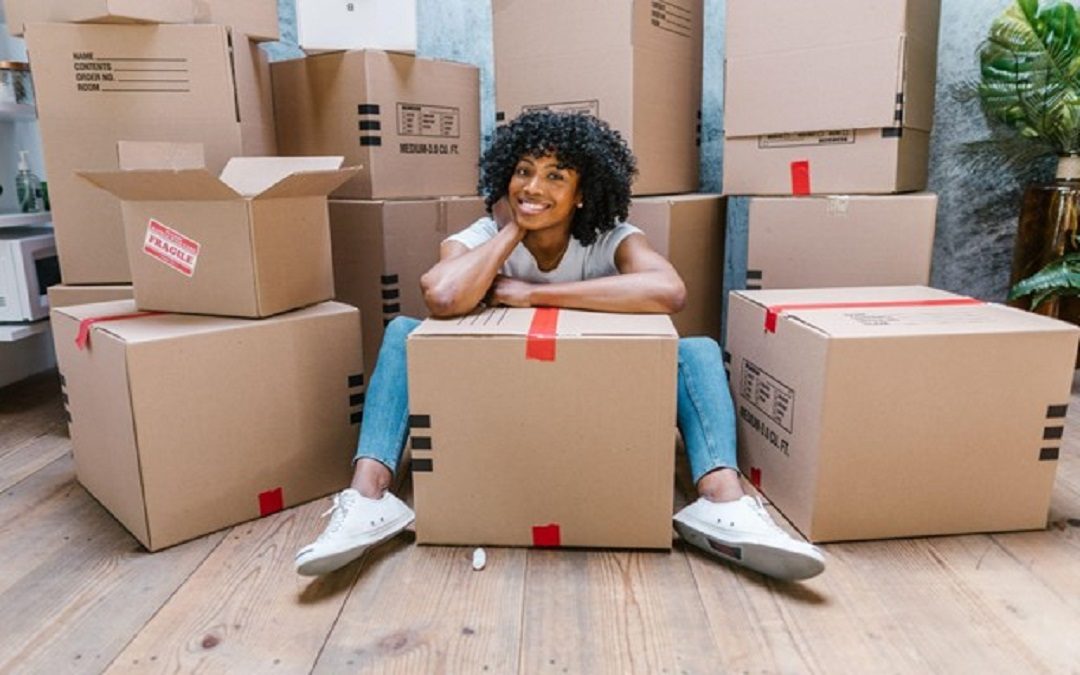
Embarking on a big move is an exciting yet challenging endeavor, and efficient packing is key to a smooth transition. From decluttering and sorting to labeling and transporting, organizing your packing process can alleviate stress and ensure that your belongings arrive at your new destination safely. In this comprehensive guide, we’ll explore the steps and strategies to help you master the art of packing for your big move.
Start Early and Plan Strategically
The key to a successful packing process is to start early and plan strategically. Begin by creating a detailed moving checklist that outlines tasks, deadlines, and priorities. This will help you stay organized and ensure that no crucial steps are overlooked. Consider the size of your home, the volume of your belongings, and the distance to your new location when planning your packing timeline. Starting early allows for a more gradual and less stressful packing experience.
Declutter and Downsize
Before you start packing, take the opportunity to declutter and downsize your belongings. Go through each room and assess which items you truly need, use, and cherish. Donate, sell, or discard items that no longer serve a purpose or hold sentimental value. Downsizing not only lightens the load for your move but also helps create a fresh start in your new home. Consider organizing a garage sale or using online platforms to sell items you no longer need.
Gather Packing Supplies
To streamline your packing process, gather all necessary packing supplies before you begin. Stock up on sturdy moving boxes in various sizes, packing tape, bubble wrap, packing paper, labels, and markers. Having all your supplies in one place minimizes interruptions during packing and keeps the process efficient. Consider using eco-friendly options like recycled boxes or renting reusable plastic bins to reduce waste.
Room-by-Room Packing Strategy
Adopting a room-by-room packing strategy is a systematic approach that enhances organization and minimizes confusion. Begin with rooms that are used less frequently, such as storage spaces or spare bedrooms, and gradually move on to more essential areas like the kitchen and bedrooms. Label each box with its contents and the room it belongs to, making it easier to unpack and arrange items in your new home.
Pack Essentials Separately
Create a separate box or bag containing essential items you’ll need immediately upon arriving at your new home. This may include toiletries, a change of clothes, important documents, chargers, and basic kitchen supplies. Having these essentials readily accessible will ease the transition and ensure that you have everything you need during the first few days in your new space.
Protect Fragile Items
Delicate or breakable items require special attention to prevent damage during the move. Wrap fragile items individually in packing paper or bubble wrap and use extra padding within boxes to minimize shifting. Clearly label boxes containing fragile items and consider using specialized boxes, such as dish boxes with dividers, for dishes and glassware. Pack valuable or sentimental items personally to ensure their safety.
Label and Color-Code Boxes
An effective labeling system is crucial for a well-organized move. Label each box with its contents, destination room, and any handling instructions. Consider color-coding boxes with different colored labels or markers for each room. This visual system helps movers or helpers easily identify where each box belongs, streamlining the unpacking process at your new home.
Take Inventory
Keep a detailed inventory of your packed items to track and account for everything during the move. This can be a simple handwritten list or a digital spreadsheet, depending on your preference. Note the contents of each box, its destination room, and any special instructions. Having an inventory makes it easier to identify missing items, track the condition of your belongings, and streamline the unpacking process.
Secure Important Documents
Ensure that important documents, such as passports, medical records, and financial paperwork, are kept secure and easily accessible. Consider using a designated folder or binder for these documents and personally transport them to your new location rather than packing them with the rest of your belongings. Having essential paperwork readily available can be invaluable during the moving process and the initial settling-in period.
Hire Professional Movers
If your budget allows, consider hiring professional movers to assist with the packing and transportation of your belongings. Professional movers have experience in efficiently and securely packing items, and they can streamline the entire moving process. Obtain quotes from reputable moving companies, read reviews, and inquire about their packing services to determine the best fit for your needs.
Organizing your packing for a big move requires careful planning, attention to detail, and a systematic approach. By starting early, decluttering, gathering the right supplies, and adopting a room-by-room strategy, you can ensure a smoother and more efficient packing process. Taking the time to protect fragile items, label and color-code boxes, and keep an inventory will contribute to a stress-free move. Whether you choose to hire professional movers or embark on a DIY move, mastering the art of packing sets the foundation for a successful transition to your new home.



